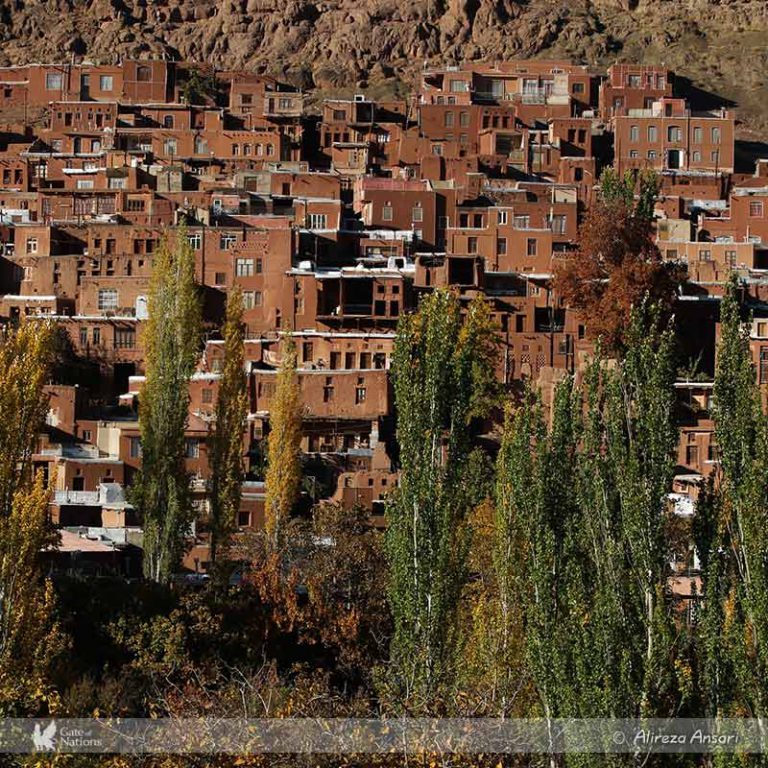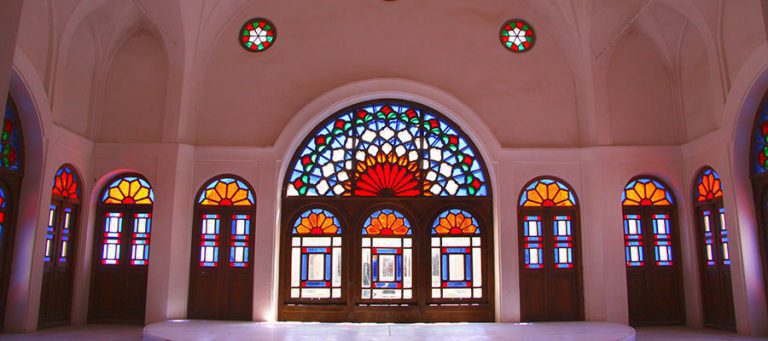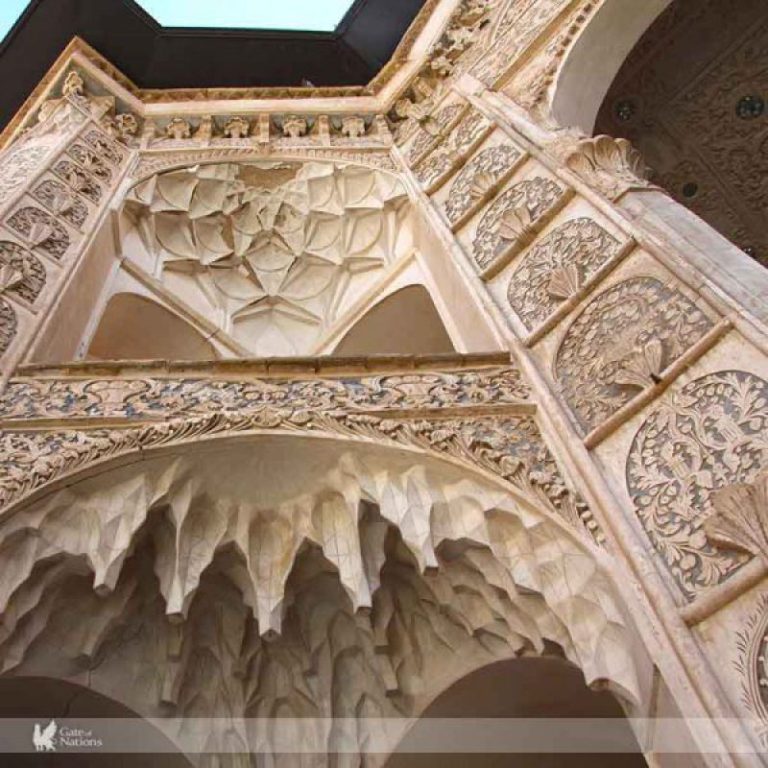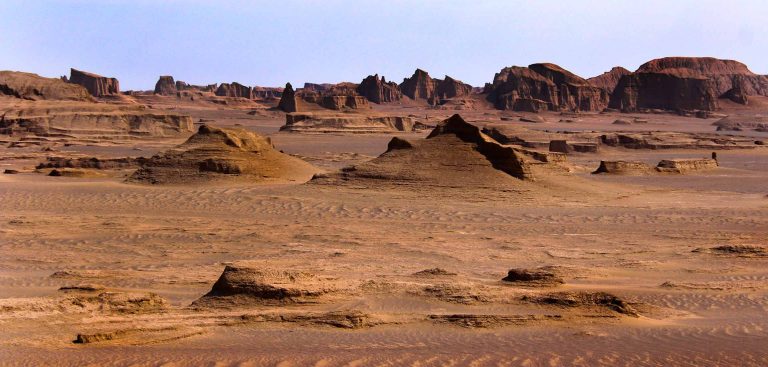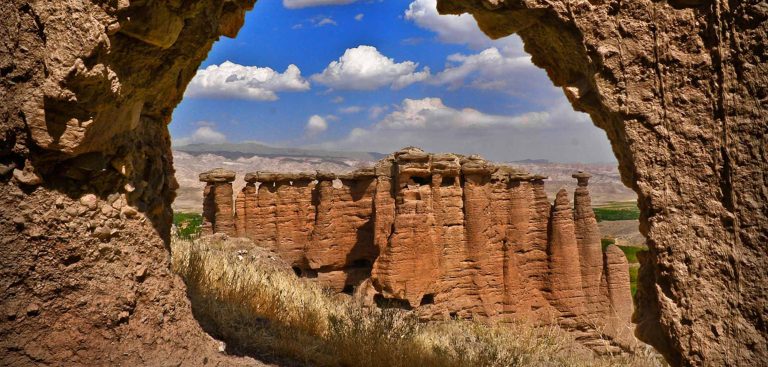Welcome to Kerman: Where History Meets Natural Splendor
Kerman (About this soundpronunciation (help·info)) (Persian: كرمان, also Romanized as Kermān, Kermun, and Kirman; also known as Carmania) is the capital city of Kerman Province, Iran.
At the 2011 census, its population was 821,374, in 221,389 households, making it the 10th most populous city of Iran.
It is the largest and most developed city in Kerman Province and the most important city in the southeast of Iran. It is also one of the largest cities of Iran in terms of area. this city is famous for its long history and strong cultural heritage[citation needed]. The city is home to many historic mosques and Zoroastrian fire temples.
Kerman became the capital city of Iranian dynasties several times during its history. It is located on a large, flat plain, 800 km (500 mi) south-east of Tehran, the capital of Iran.
Kerman is a historic city in southeastern Iran, serving as the capital of Kerman Province. It is known for its cultural heritage, architectural landmarks, and diverse landscapes. Here are some key aspects of this city:
Historical Significance
Ancient Origins: Kerman has a long history, dating back to the 3rd century CE when it was established by Ardashir I, the founder of the Sasanian Empire.
Strategic Location: Historically, Kerman has been a significant trade and cultural hub due to its location on the trade routes connecting Persia to the Indian subcontinent and Central Asia.
Architectural Highlights
Ganjali Khan Complex: A 17th-century complex built during the Safavid era, comprising a mosque, caravanserai, bathhouse, bazaar, and school. The Ganjali Khan Bathhouse is particularly notable for its beautiful tile work and frescoes.
Jabaliyeh Dome: An ancient octagonal building made of stone and gypsum, possibly dating back to the pre-Islamic era, though its exact origins remain a mystery.
Kerman Bazaar: One of the longest bazaars in Iran, it is filled with traditional shops selling everything from spices and textiles to handicrafts and carpets.
Cultural and Economic Aspects
Carpet Weaving: Kerman is renowned for its high-quality carpets, known as Kerman rugs. These carpets are famous for their intricate designs and vibrant colors.
Pistachio Production: The region around Kerman is one of the world’s largest producers of pistachios, contributing significantly to the local economy.
Tourism and Attractions
Shazdeh Garden (Prince’s Garden): A stunning Persian garden located about 35 kilometers from this city in the town of Mahan. It features beautiful pools, fountains, and lush greenery, creating an oasis in the desert landscape.
Rayen Castle: A well-preserved adobe castle located 100 kilometers south of Kerman, dating back to the Sasanian era. It offers a glimpse into ancient Persian architecture and defense mechanisms.
Meymand Village: A UNESCO World Heritage site, this ancient troglodyte village has been continuously inhabited for over 2,000 years. The cave dwellings are carved into the mountains and offer a unique cultural experience.
Climate
Desert Climate: this city has a hot desert climate with hot summers and cool winters. The city experiences minimal rainfall, and the best times to visit are in the spring and autumn when the weather is more moderate.
Natural Attractions
Kaluts of Shahdad Desert: Located to the north of Kerman, the Lut Desert (Dasht-e Lut) features unique geological formations known as Kaluts. This area is one of the hottest places on Earth and offers stunning desert landscapes.
Kerman is a city that beautifully blends history, culture, and natural beauty, making it a fascinating destination for those interested in exploring Iran’s diverse heritage.

